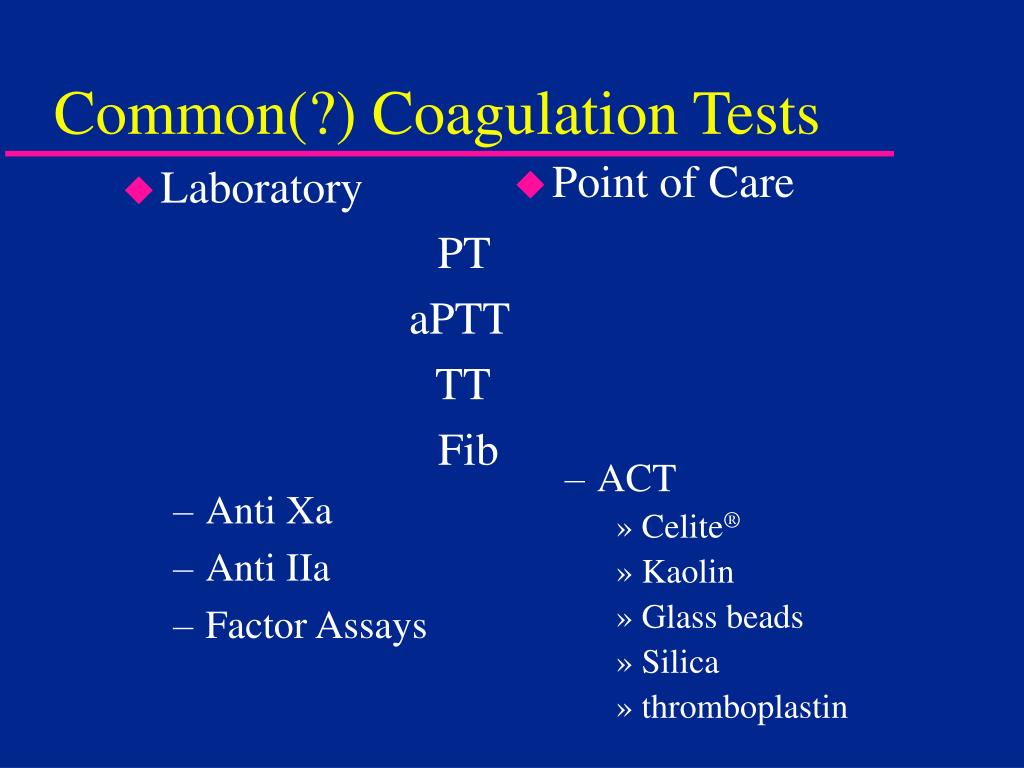

16 postulated the existence of an extracellular pH-stat as a homeostatic mechanism for pH e that would curtail excessive acid loading, and recent studies have suggested that the ability of cancer cells to modulate the set point of tumour pH e may be an evolutionary strategy to achieve a stable state favouring invasion in response to microenvironmental selection pressures. Hence, causal evidence for CAIX acidifying the tumour microenvironment in vivo has been lacking.Īnother long-standing puzzle is whether the acidic pH e of the tumour extracellular fluid is homeostatically controlled at a particular set point and, if so, how that is accomplished. 13 However, studies attempting to directly measure the effect of CAIX expression on pH e in solid tumours, by using the 31P magnetic resonance spectroscopy (MRS) probe 3-aminopropionic acid (3-APP) 13, 14, 15 and hyperpolarized 13CO 3 − 1H MRS, 15 have thus far been unable to definitively demonstrate an acidifying effect of CAIX on pH e, probably due to technical limits in the resolution and sensitivity of those methods.

11, 12 In vivo studies on solid tumours using positron-emission tomography imaging with pH-sensitive low insertion peptides (pHLIP), which are known to bind to cells in more acidic environments, have shown decreased uptake and retention of pHLIP in tumours when CAIX is inhibited by acetazolamide (ATZ). In recent years, an understanding of why CO 2 hydration might be important in cancer tissue has begun to emerge from in vitro studies on spheroids composed of CAIX-expressing cancer cells, in which CAIX catalysis reduced pH e and raised intracellular pH (pH i).

The present study has demonstrated this mechanism in vivo. Since CO 2 can be hydrated to form H + and HCO 3 − in the extracellular fluid, in a reaction catalysed by the exofacial (i.e., expressed on the outer surfaces of cells) isoenzyme CAIX, CO 2 production would tend to acidify pH e. 9), whereas colonic tumours in human patients produced 1296 nmol/g/min CO 2 vs 220 nmol/g/min lactate (calculated from data in Holm et al. Human xenografts in nude rats produced 588–850 nmol/g/min CO 2 vs 527 nmol/g/min lactate (calculated from data in Kallinowski et al. 7 However, calculations of the output of lactic acid and of CO 2 from tumours monitored in vivo 8 suggested that tumour CO 2 output is comparable to or greater than that of lactate. Early discussions about tumour acidification focussed on the lactic acid formed from glucose by aerobic glycolysis (i.e., glycolysis that takes place in tumour cells even at an oxygen concentration high enough to permit oxidative metabolism), a mechanism known as the “Warburg Effect” 5, 6 that is widely regarded as a tumour characteristic. It has long been established that tumour extracellular fluid is acidic 3, 4 but it had not previously been possible to demonstrate a biological pH-stat mechanism by which tumours could stabilise pH e. This is important because the acidic pH e can be tolerated by tumour cells but it inhibits growth of normal host cells, thus facilitating invasion and metastasis. We report the first direct in vivo observation of the isoenzyme carbonic anhydrase IX (CAIX) acting as a pH-stat that sets the extracellular pH (pH e) of solid tumours at an acidic level. We propose that CAIX thus acts as an extracellular pH-stat, maintaining an acidic tumour extracellular pH that is tolerated by cancer cells and favours invasion and metastasis. ConclusionsĬAIX acidifies the tumour microenvironment, and also provides an extracellular pH control mechanism. Despite the increased lactate concentration in CAIX-expressing tumours, 31P MRS showed no difference in intracellular pH, suggesting that CAIX acidifies only the tumour extracellular space. Importantly, CAIX expression imposed an upper limit for tumour extracellular pH at 6.93. ResultsĬAIX-expressing tumours had 0.15 pH-unit lower median extracellular pH than control tumours (pH 6.71 tumour vs pH 6.86 control, P = 0.01). We also measured intracellular pH in situ with 31P MRS and measured lactate in freeze-clamped tumours.

We used 1H magnetic resonance spectroscopic imaging (MRSI) of the extracellular pH probe imidazolyl succinic acid (ISUCA) to measure and spatially map extracellular pH in HCT116 tumours transfected to express CAIX and empty vector controls in SCID mice. Tumour carbonic anhydrase IX (CAIX), a hypoxia-inducible tumour-associated cell surface enzyme, is thought to acidify the tumour microenvironment by hydrating CO 2 to form protons and bicarbonate, but there is no definitive evidence for this in solid tumours in vivo.


 0 kommentar(er)
0 kommentar(er)
